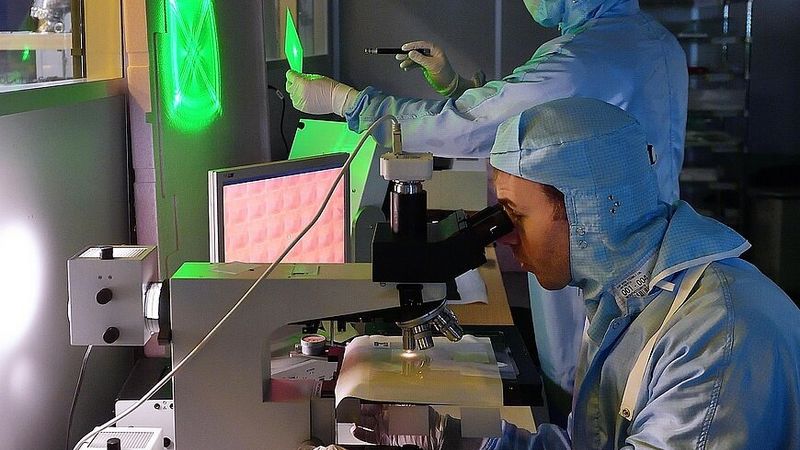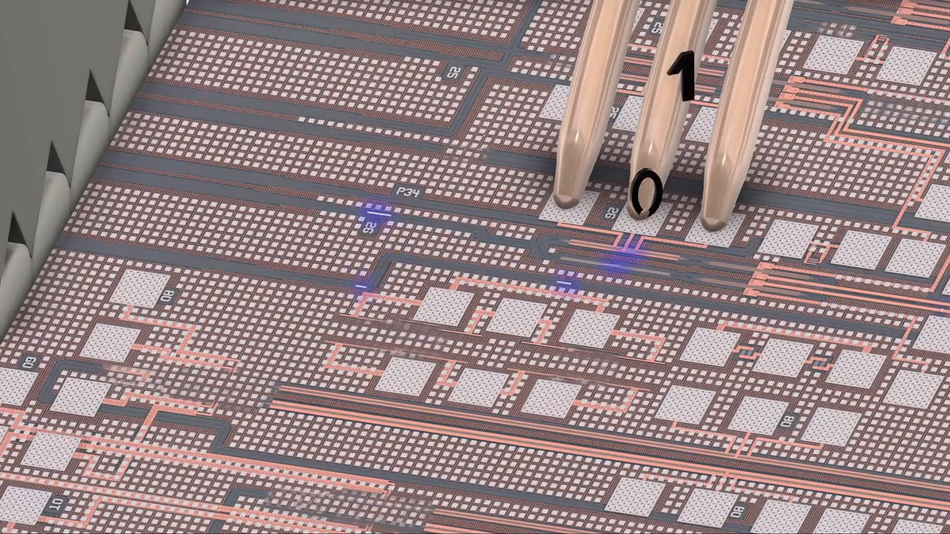Tips and Insights from the Global Photonics Engineering Contest Jury
As part of our spotlight on the contest’s jury members, we had the privilege of speaking with Jörn Epping, Epiphany's co-founder and an integrated photonics expert.

Credit: Brainporteindhoven
The Global Photonics Engineering Contest has captured the imagination of engineers worldwide, inviting innovative minds to showcase their ideas in the ever-evolving field of Integrated photonics. As part of our spotlight on the contest’s jury members, we had the privilege of speaking with Jörn Epping, Epiphany's co-founder and an integrated photonics expert.
Learn more about the challenge here.
Jörn Epping brings a wealth of experience to the jury, with an impressive career spanning academic research, engineering design, and entrepreneurial leadership. With a background in physics from the University of Münster and a PhD from the University of Twente, his career has been deeply rooted in photonics innovation. After roles at LioniX and a stint as Managing director at QuiX Quantum GmbH, Epping co-founded Epiphany, a design house focused on integrated photonics and commercialization.
Epping shared valuable insights on what makes a strong submission and how engineers can maximize their chances of success in this prestigious challenge.
“What excites me most about this contest is seeing ideas come to life,” he explained. “I love witnessing how new concepts translate into designs and eventually into chips.”
What Makes a Submission Stand Out?
When evaluating contest submissions, Epping emphasizes two primary qualities: creativity and feasibility.
Creativity: “Is it unique? Does it push the boundaries of what we expect?” Epping believes that engineering contests are an opportunity to think outside the box, unbound by the constraints of existing markets.
Feasibility: “Is the idea practical and producible with today’s technology? Can it be manufactured?” Submissions should demonstrate an understanding of current technological capabilities and scalability, whether the project involves mass production or niche applications.
Epping also highlighted the importance of aligning the proposed solution with a clear use case. “There are two key paths: either creating a cost-effective product for mass production or designing a specialized, high-value solution that only chips can achieve, such as for satellites or harsh environments.”
Tips for Crafting a Strong Submission
To make your entry shine, Epping recommends following a structured design journey:
Sketch Your Idea: Begin with a clear schematic outlining the concept and its intended functionality.
Leverage Available Technologies: Identify components or technologies that can bring your concept to life. Consider whether using existing building blocks is feasible or if additional development is required.
Provide Evidence: Where possible, include simulations, calculations, or performance estimates to substantiate your idea.
Plan for Manufacturing: Consider the entire development chain, including packaging and testing. “If you don’t plan for these during the design phase, it may be too late to address them later,” Epping cautioned.
Image credit: AimPhotonics
Encouraging Future Innovators
The Global Photonics Engineering Contest is not just about competition; it’s about fostering creativity and innovation in a field poised to transform industries. Epping encourages participants to explore new application areas for integrated photonics rather than competing in highly saturated markets like telecommunications.
For aspiring engineers or those looking to pivot into photonics, Epping’s advice is simple: “Stay curious. Focus on developing a solid understanding of the fundamentals, and don’t be afraid to explore uncharted territories.”
Why This Contest Stands Out
“What makes this contest special is the opportunity to see truly out-of-the-box ideas,” Epping said. “It’s about sparking creativity and bridging the gap between concept and commercialization.”
With insights like these, participants are well-equipped to craft compelling submissions that showcase not only their technical prowess but also their ability to innovate and solve real-world problems. As Epping and his fellow jury members review the entries, they’ll be looking for projects that embody the transformative potential of photonics.
Final tips for entrants
- Apply before December 31 to receive personalized feedback from the PhotonDelta team.
- Ensure your entry is legible and conveys your ideas as succinctly and clearly as possible.
- Don’t be afraid to reach out. We are here to answer any of your content questions. Just email us at: challenges@wevolver.com
Good luck to all participants, and may your ideas shine as brightly as the photonic innovations they inspire!
Global Photonics Engineering Contest
The Global Photonics Engineering Contest invites engineers, innovators, and startups to push the boundaries of Photonic Integrated Circuits (PIC) and create applications that address complex engineering challenges and push the boundaries of the industry. Whether you’re in semiconductors, data & telecom, medtech, or agritech, we want to see your breakthrough idea that can harness the power of PICs to change the world.
Prize: €50,000 worth of services from the PhotonDelta ecosystem to to make your idea market-ready + a chance to receive up to €2 million in pre-seed funding.
Audience: Open to all engineers, researchers, OEMs, hardware manufacturers, startups/scale-ups, research teams, and students working on innovative PIC applications.
Early Bird Opportunity: All submissions received by 31st December 2024, will receive personalized feedback from PhotonDelta engineers.
End date: March 3rd 2025



